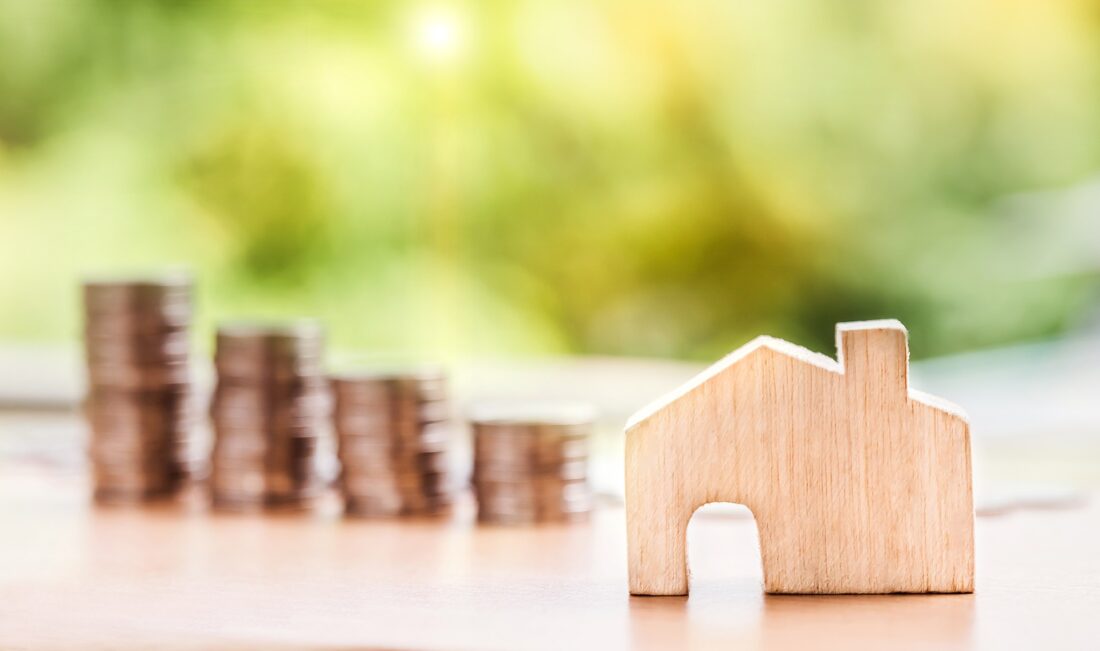
Fixer-upper properties can be a great way to get into the real estate market. They can be purchased for much less than their full market value, and the profit potential is huge.
However, investing in fixer-upper properties can also be tricky. There are many costs that you may not be aware of, and there are a lot of hidden problems that could arise.
Fortunately, today’s guide is here to help. We’re now going to look at some of the best tips for investing in fixer-upper properties.
Know what you’re getting into
The first and most important tip is to make sure that you know what you’re getting into. Investing in a fixer-upper property is a big commitment, and it’s important to understand all the risks and rewards that come with the process.
This means researching and finding out as much as possible about the property before you make a purchase. You should also factor in the potential costs of renovations, materials, and labour.
Get a professional inspection
Before making a purchase, it’s important to get a professional inspection. This will help identify any potential issues with the property and ensure it’s a worthwhile investment.
It’s also a good idea to get a contractor to look over the property as well. This will give you a better idea of the costs associated with the renovations and help identify any potential issues before you make a purchase.
Budget for hidden costs
The next tip is to budget for hidden costs. This means taking into account all of the potential costs that may arise during the renovation process.
This could range from the cost of materials and labour to any permits or even landlord insurance that may be required if you are letting in the interim. It’s crucial to factor in any potential hidden costs before making a purchase, so you’re not caught off guard later.
Secure financing
It should also go without saying that you will need to secure financing before you make the purchase. This will ensure you have the money you need to complete the project and make a profit.
There are several different financing options available, so make sure you research and find the best one for your situation.
Be prepared for the market
Finally, it’s important to be prepared for the market. Once you’ve completed the renovations, you will need to find a buyer for the property. This means researching and finding out as much as possible about the market to get the best price for your property. On some occasions, this may even involve holding tight for a few months – just so the market can settle and you can get the best price for all the renovations you have invested in. A quick look at the recent sold prices in the area and conversations with local estate agents will help you no end.

 It doesn’t matter whether you’re in a large or
It doesn’t matter whether you’re in a large or